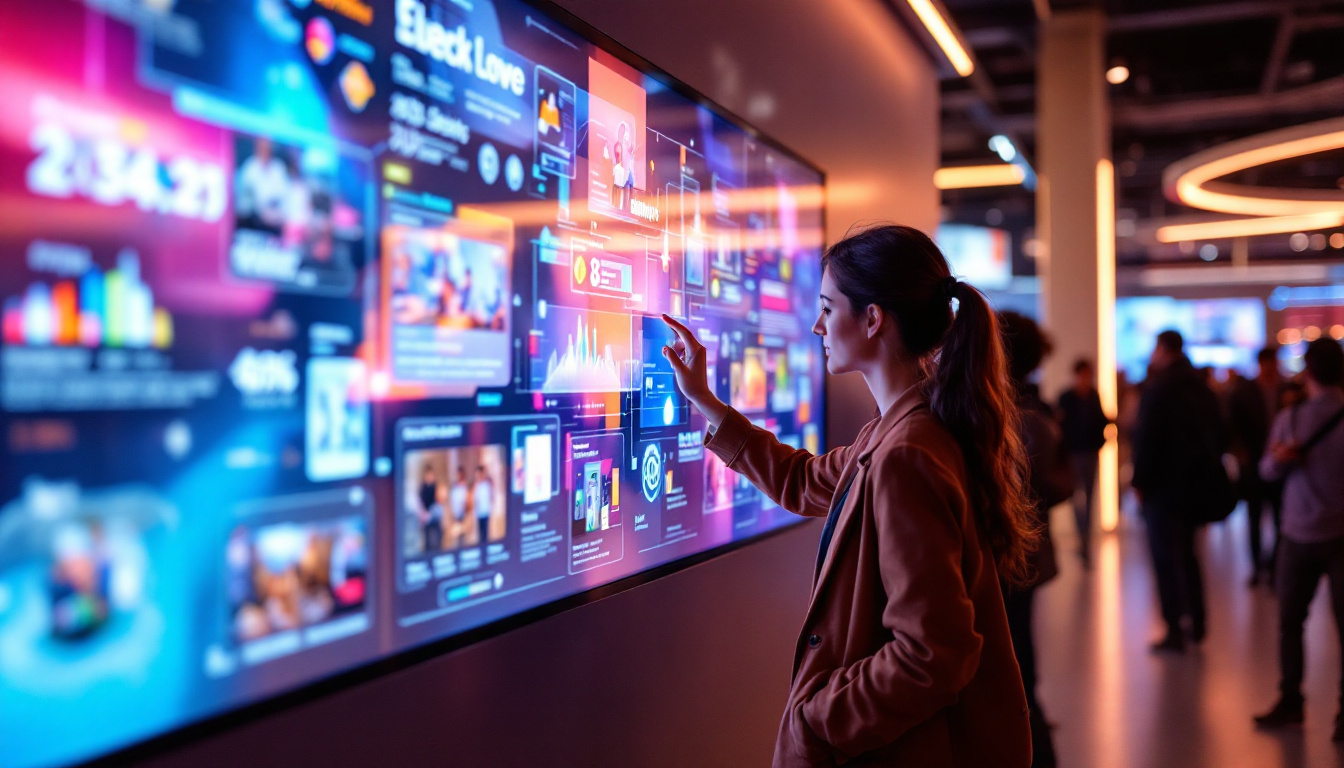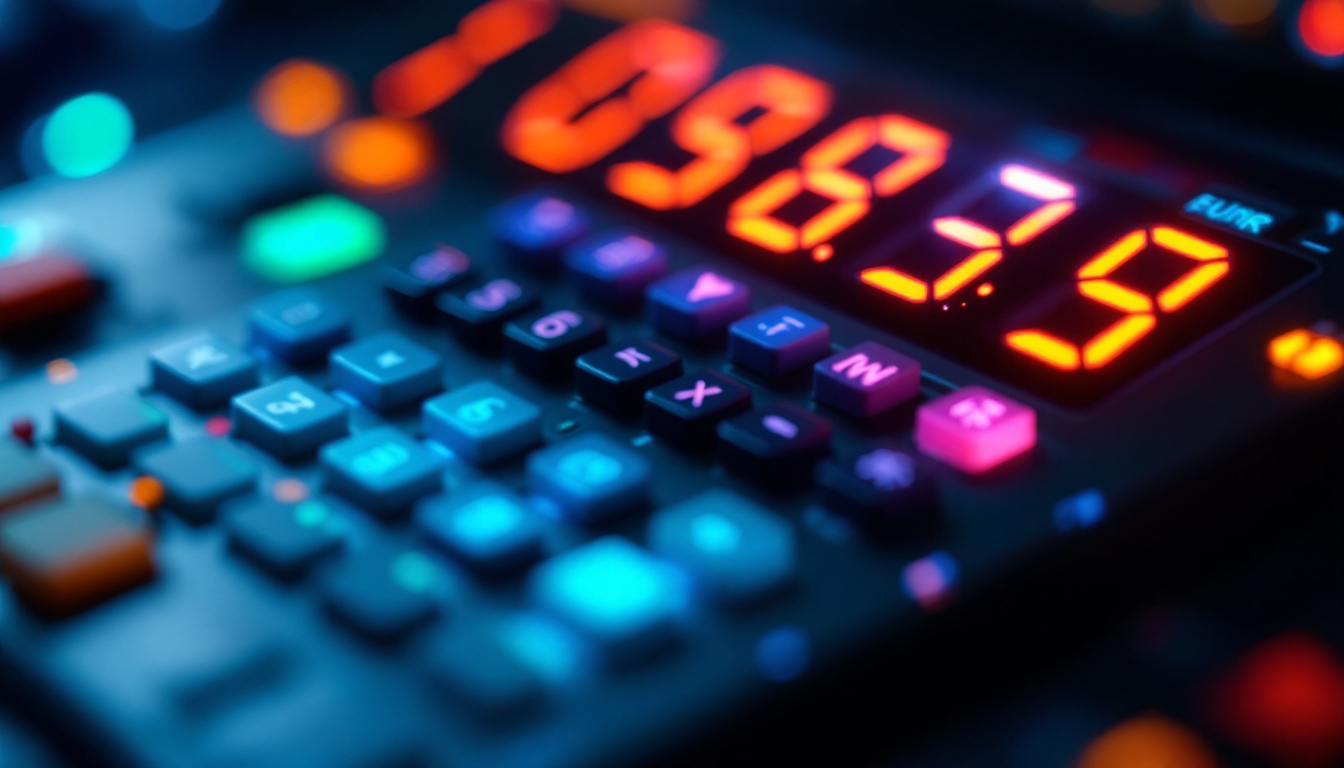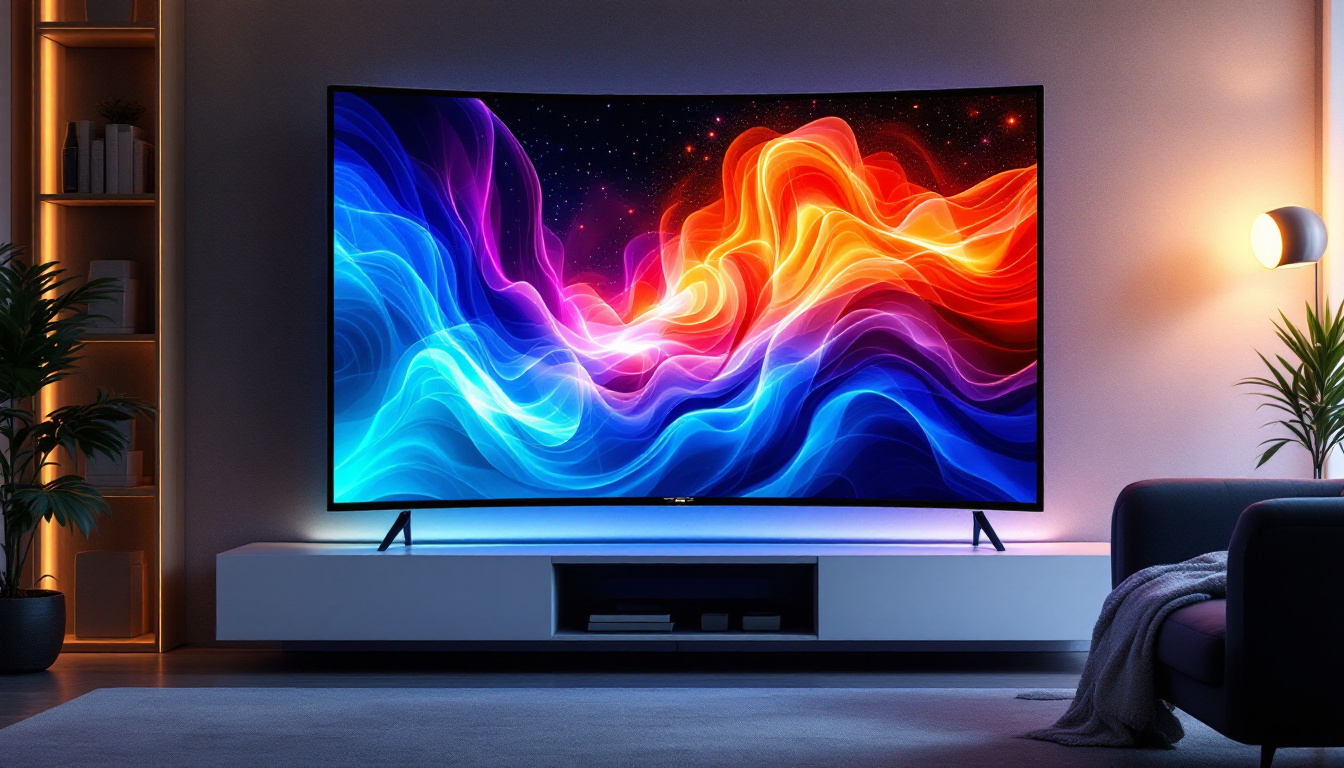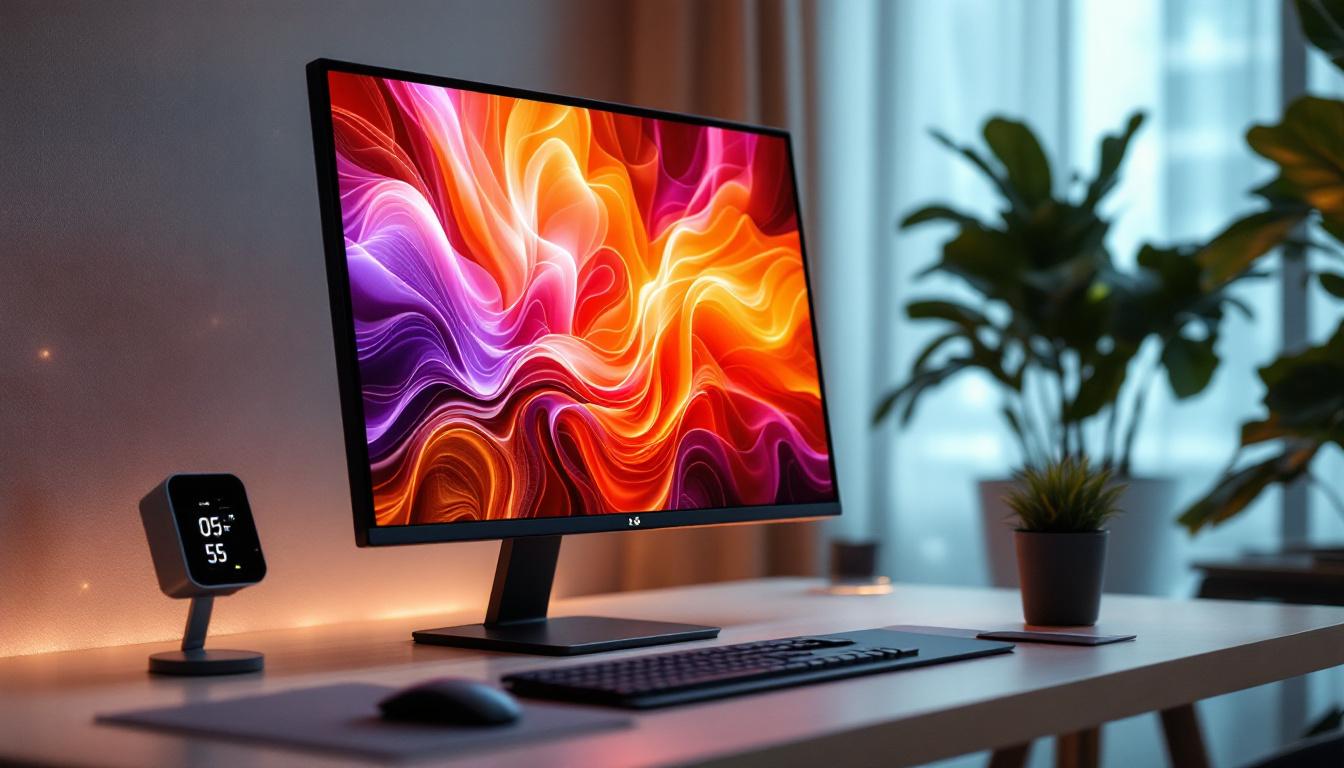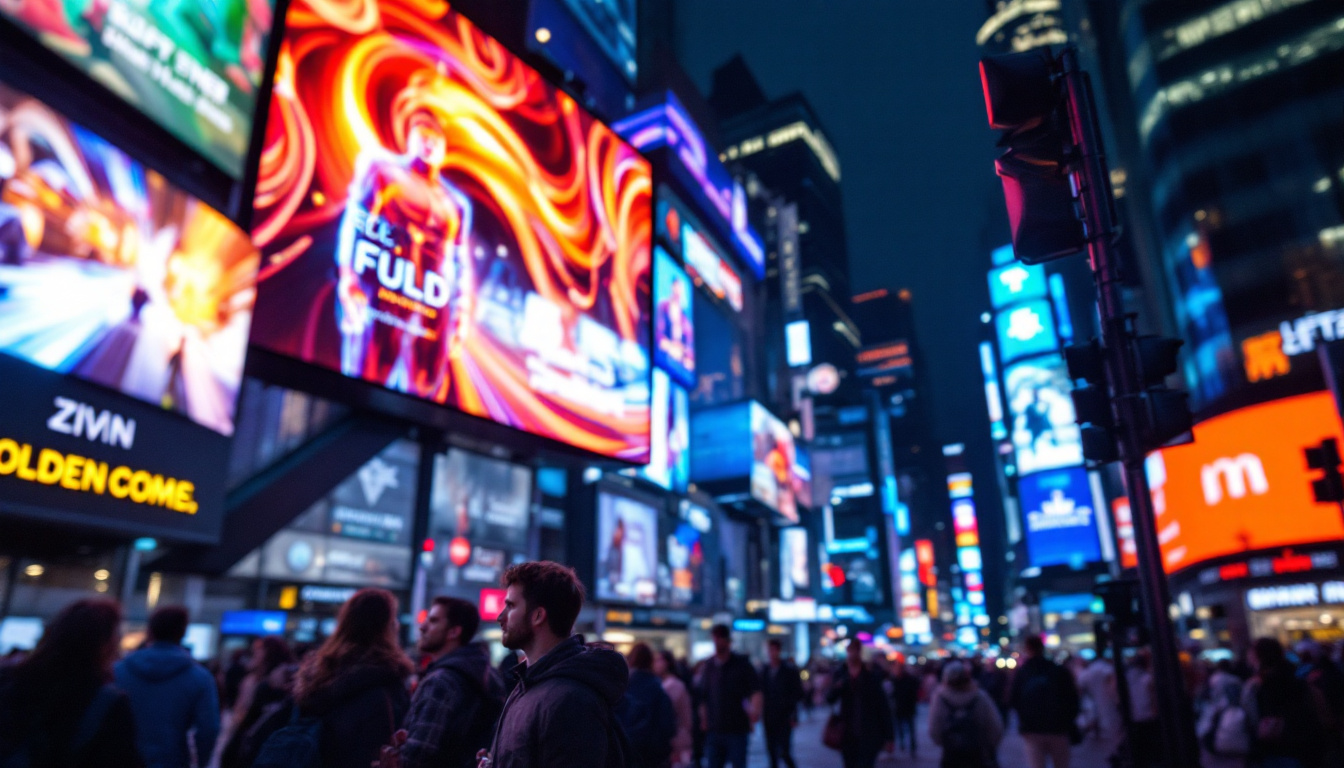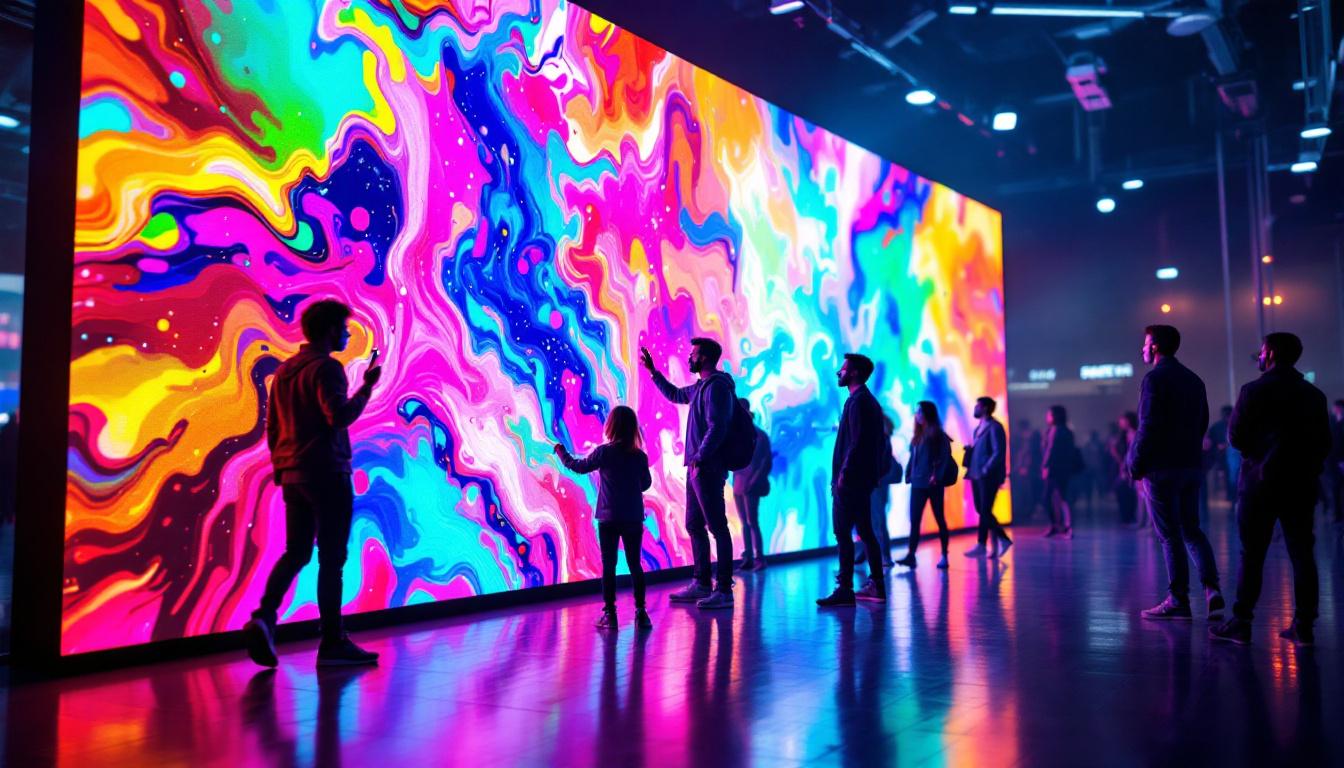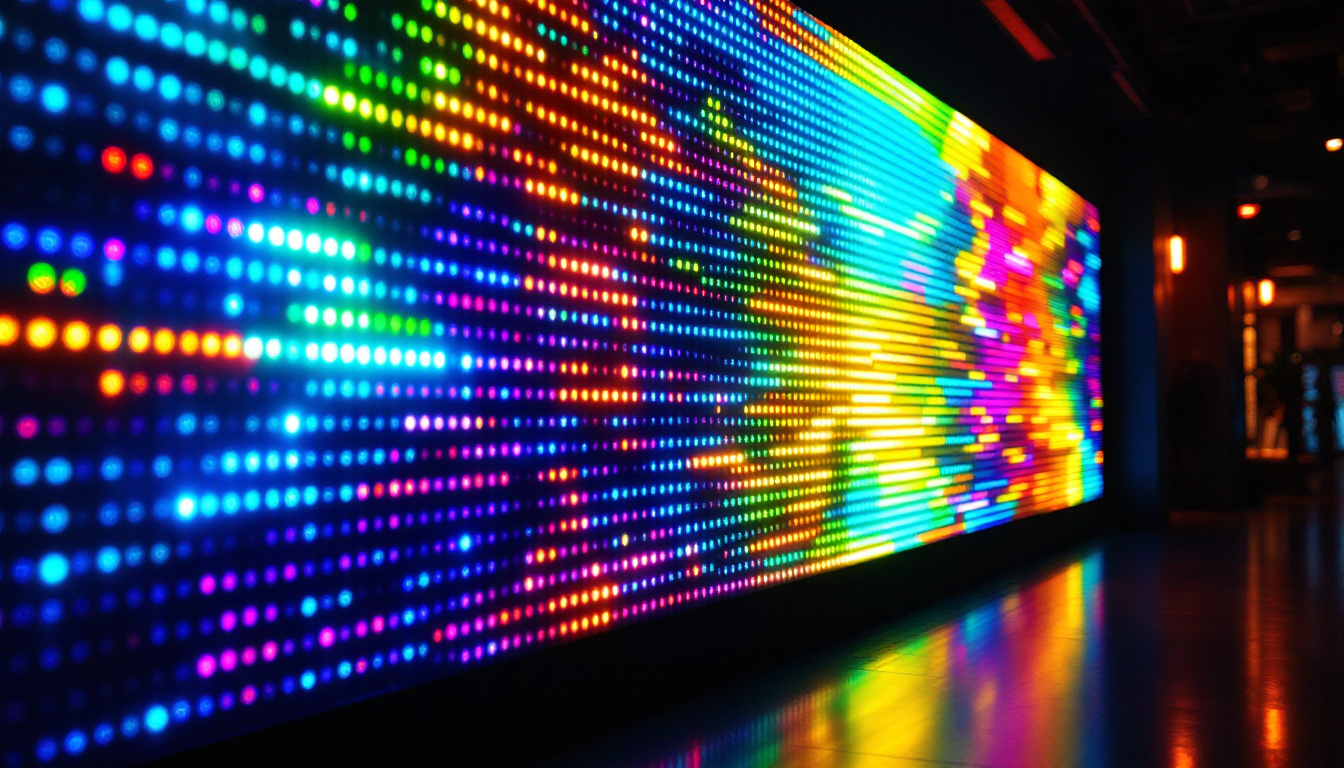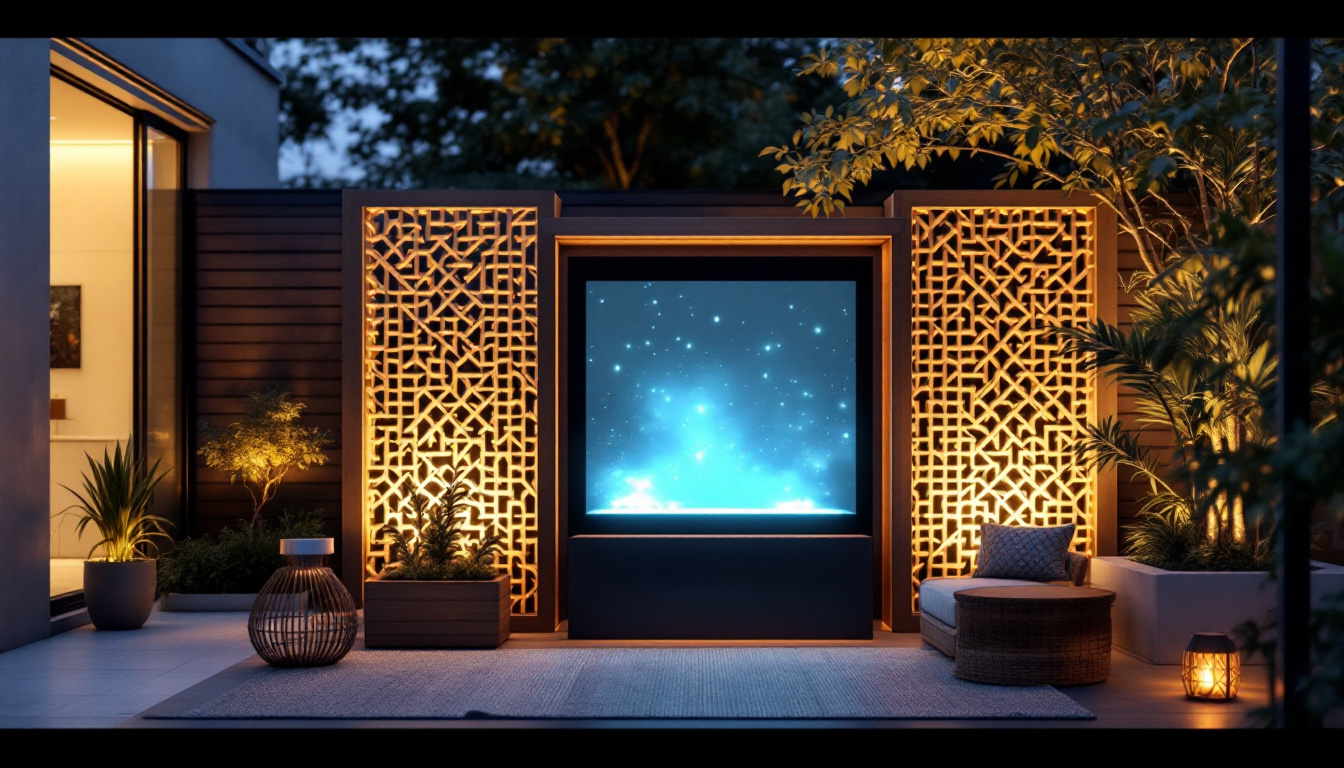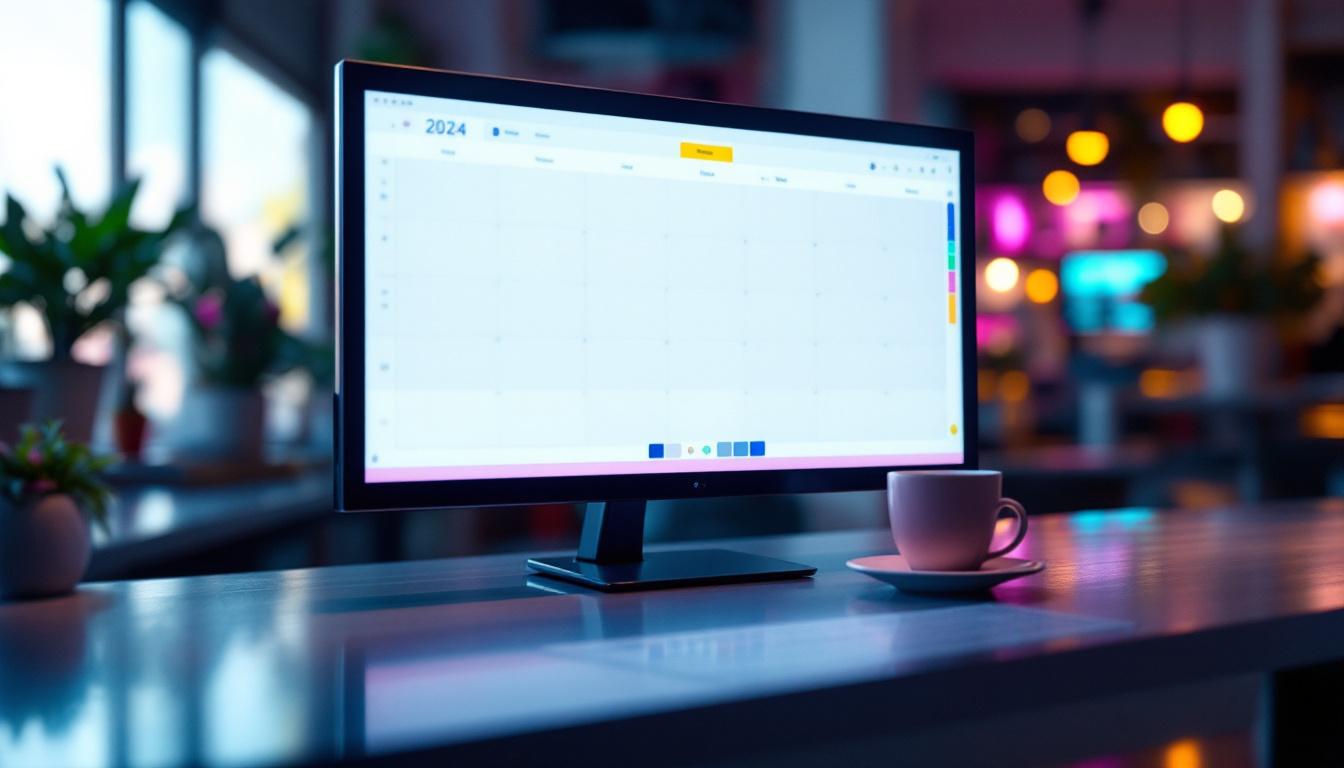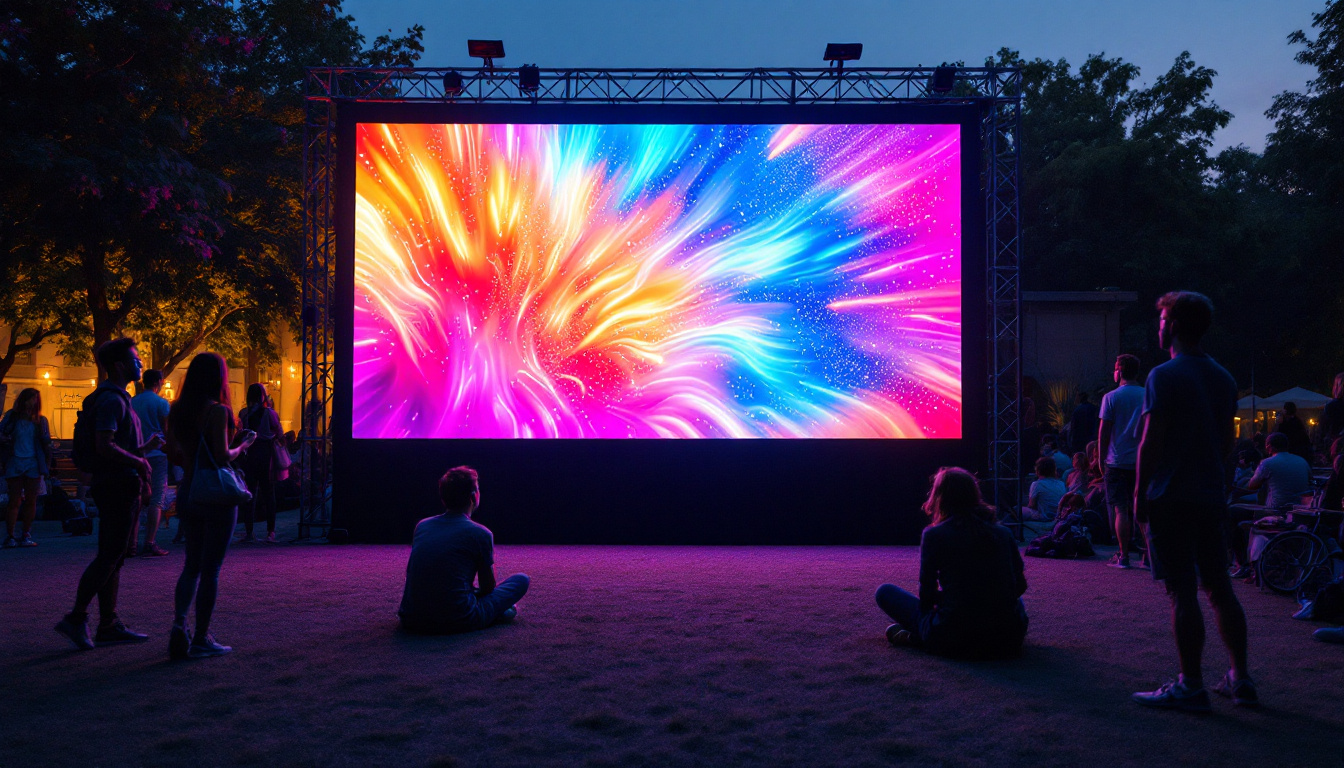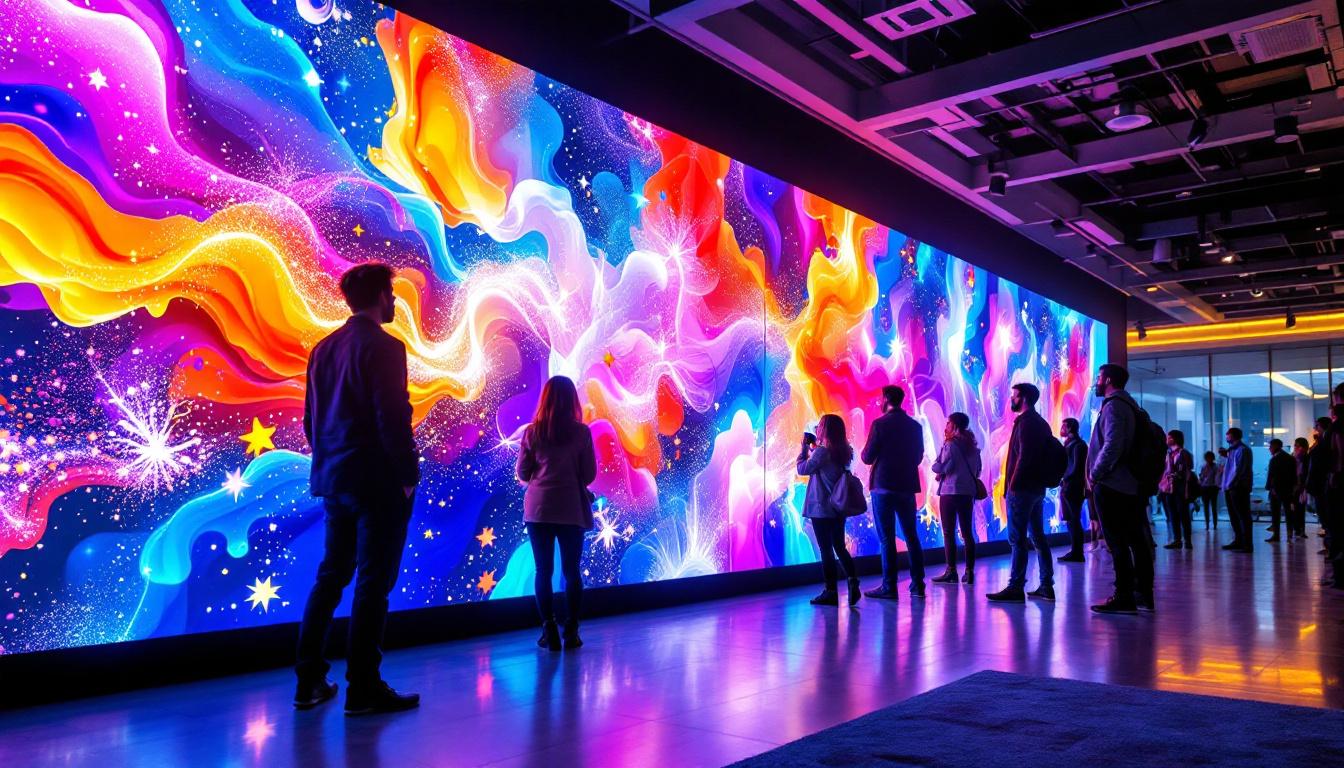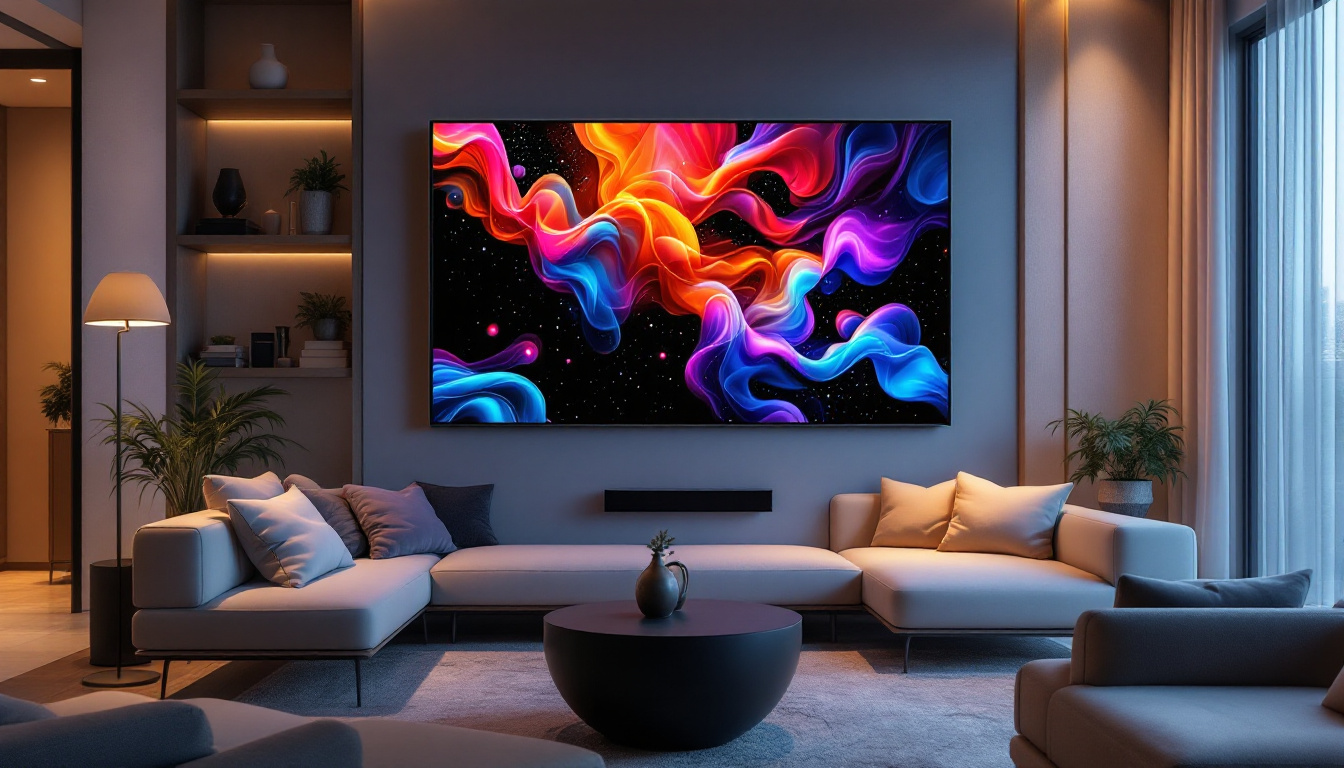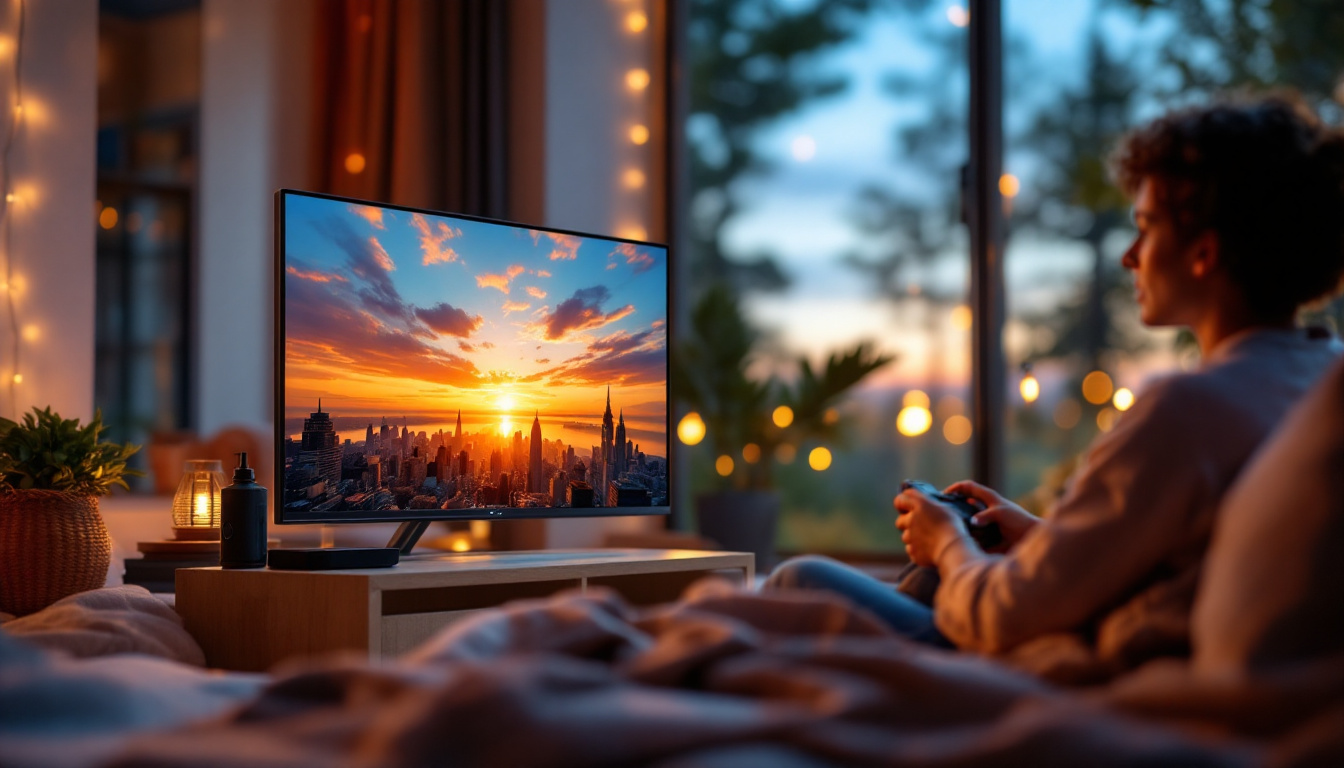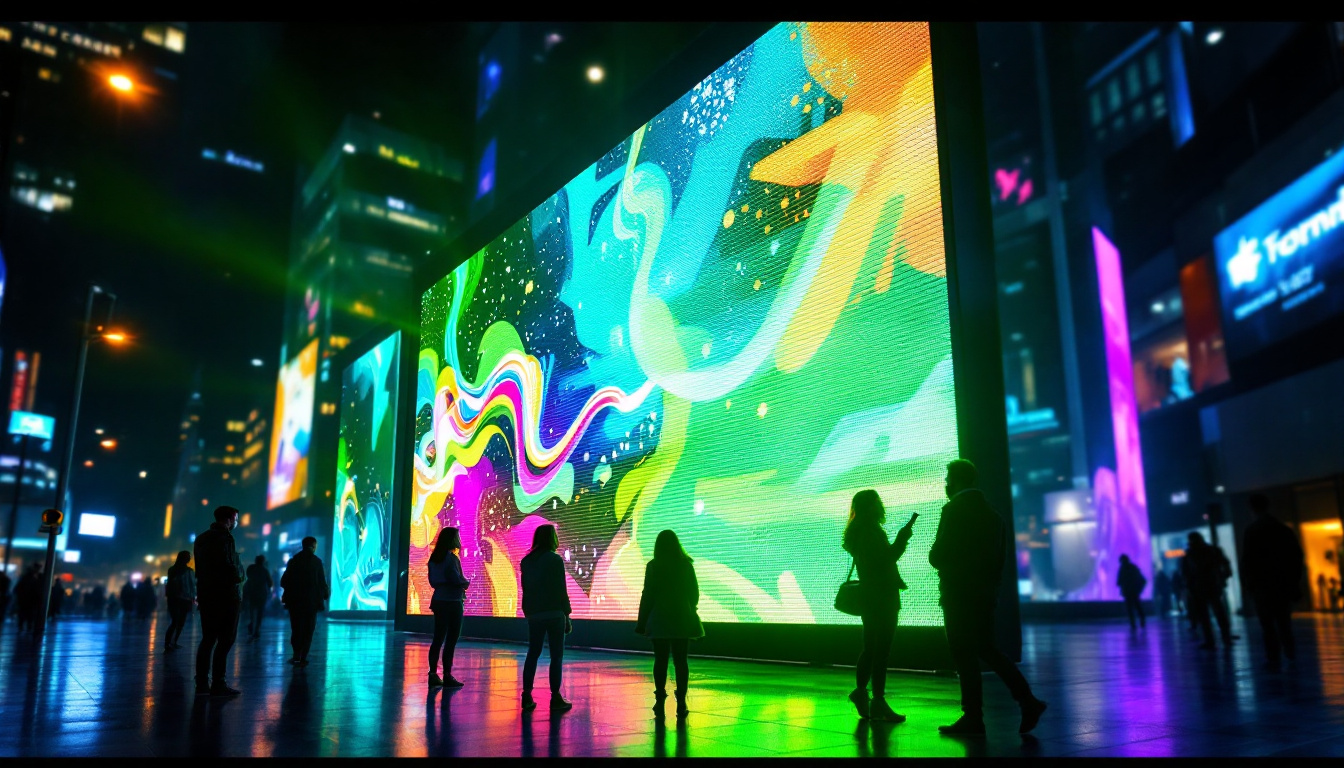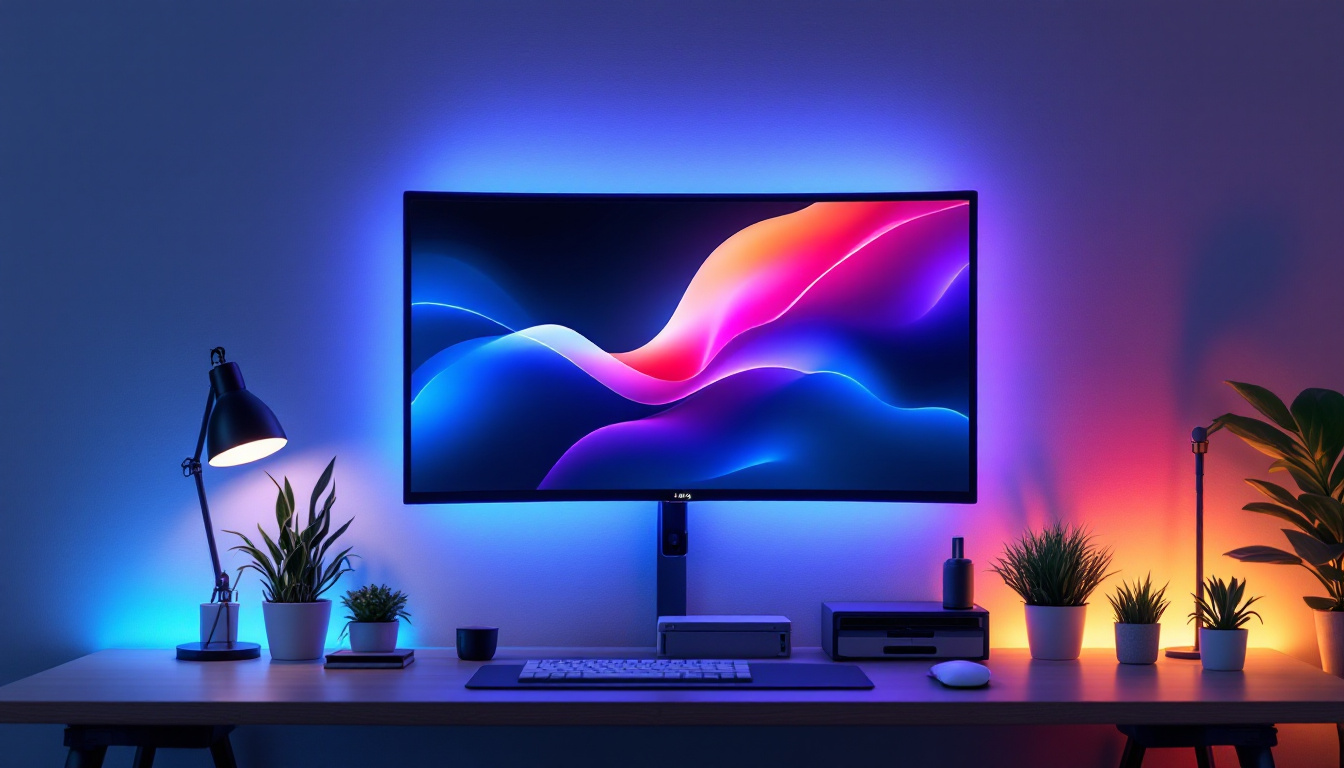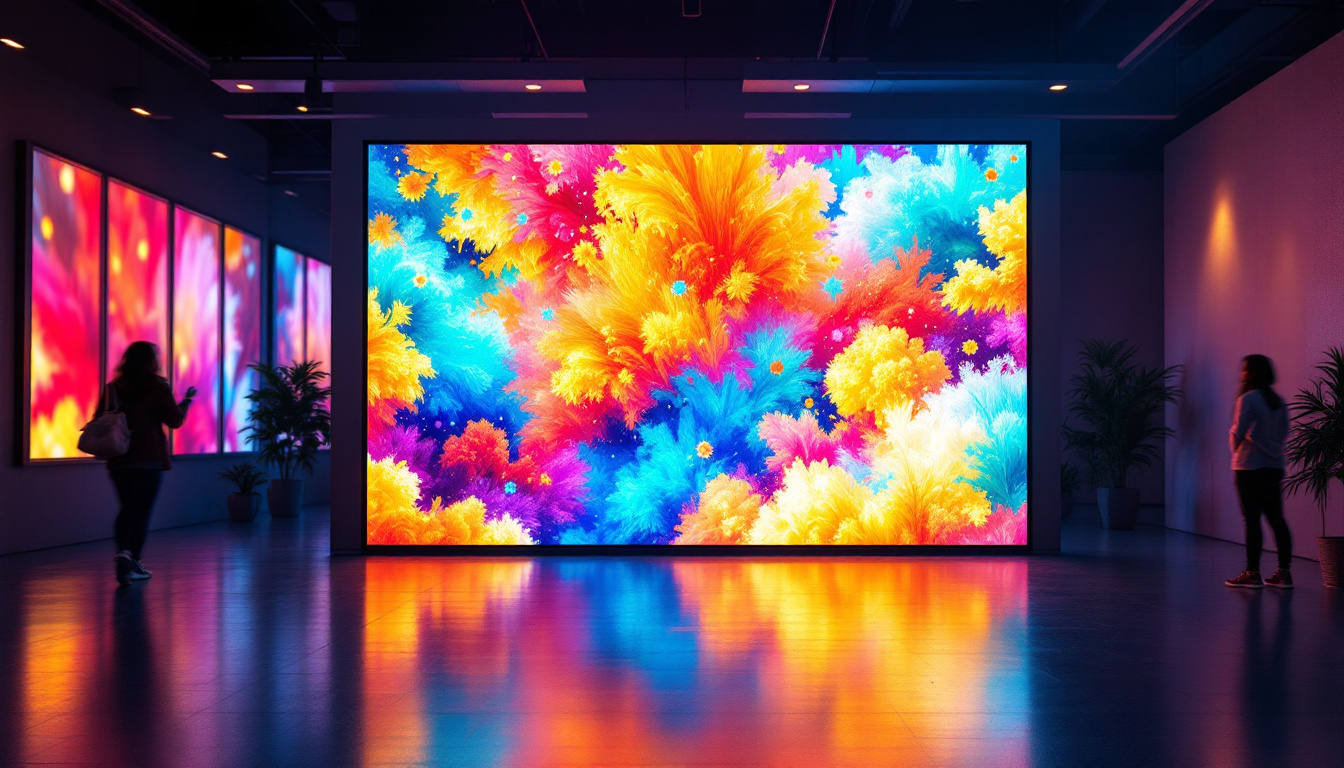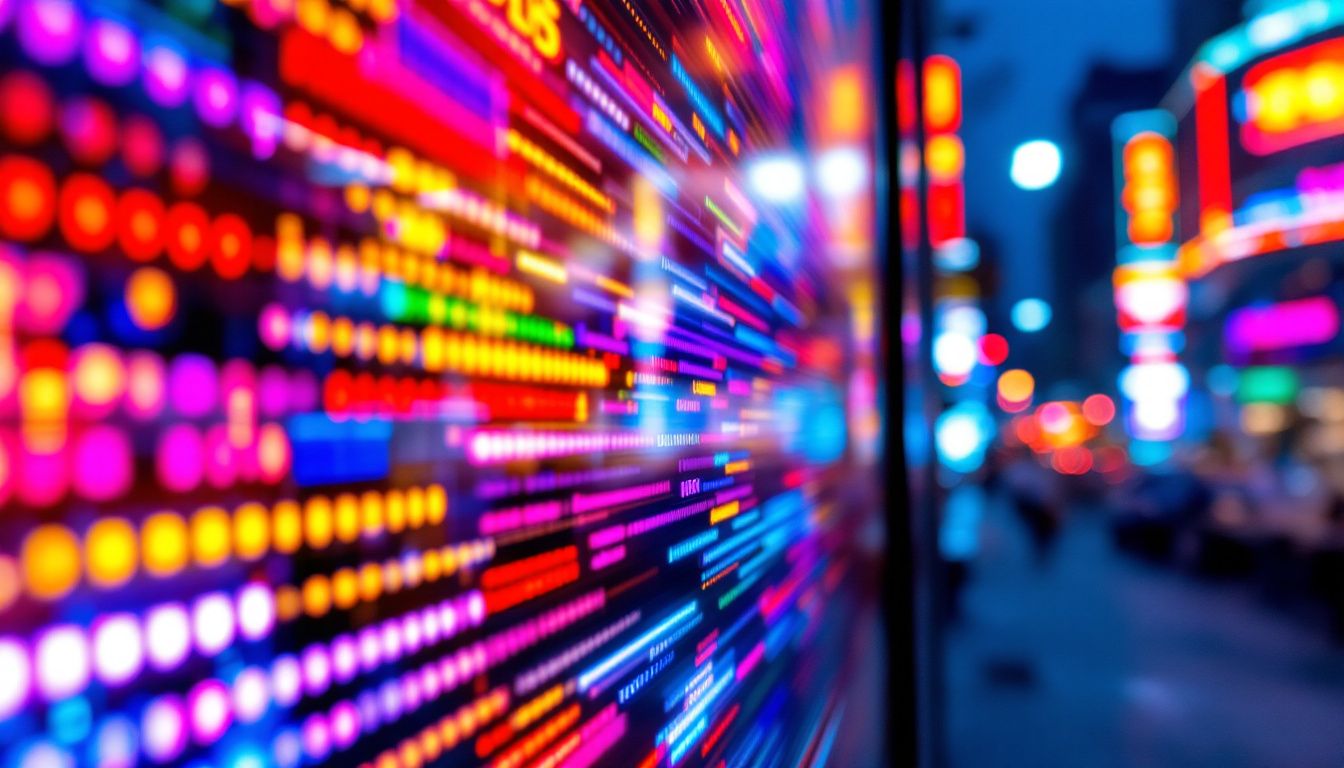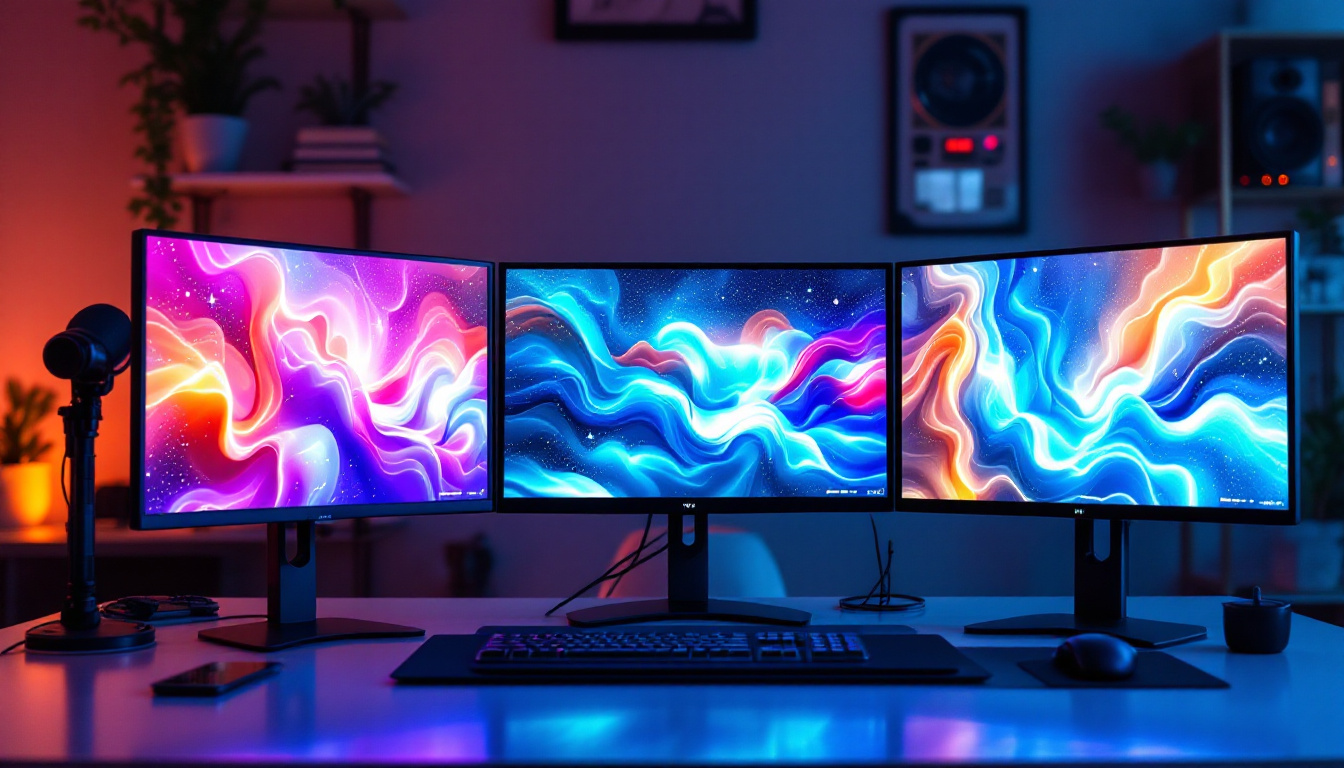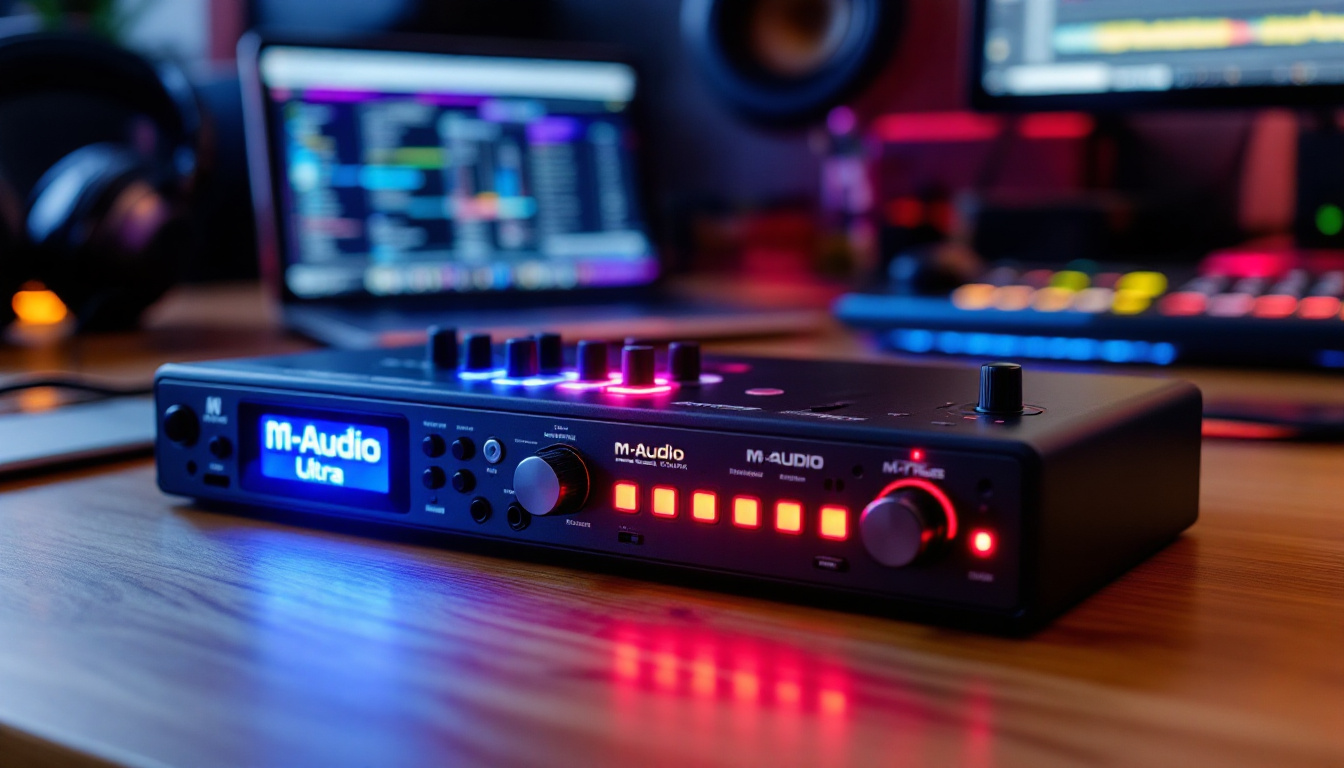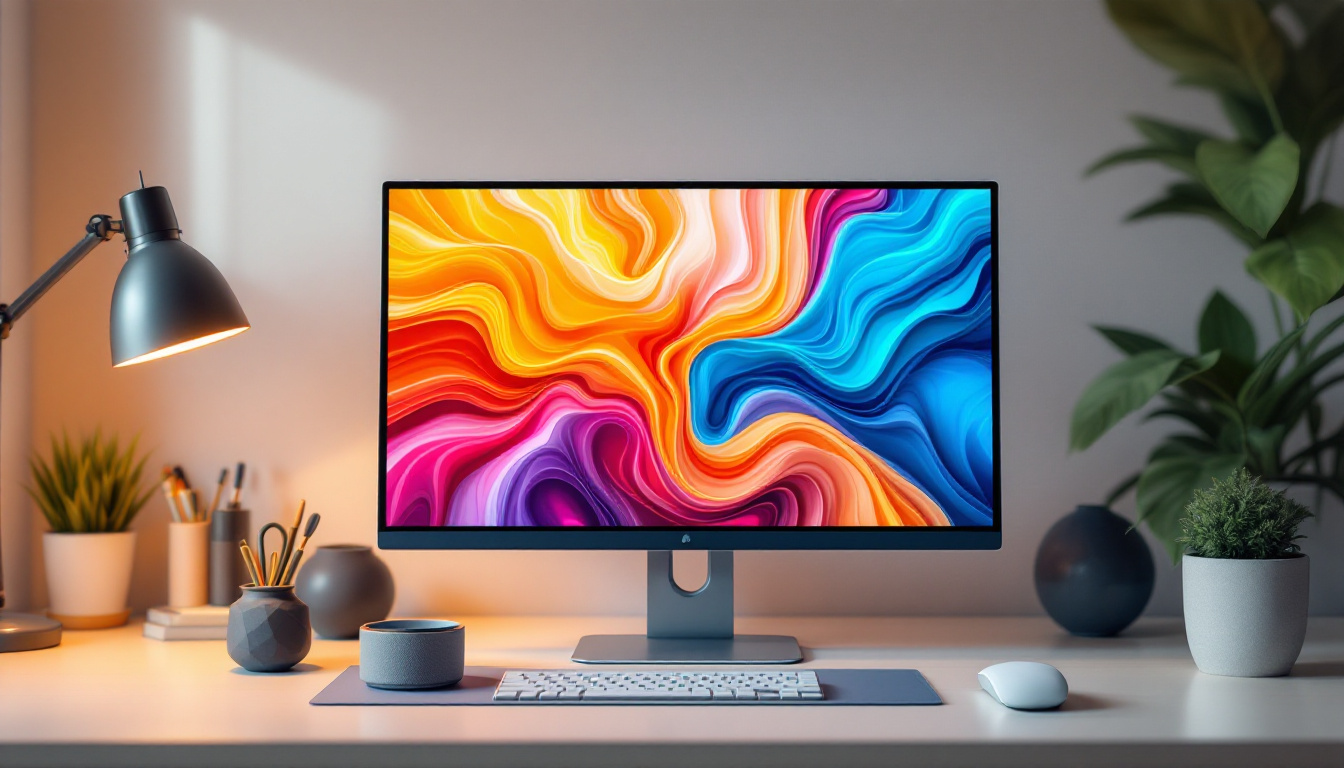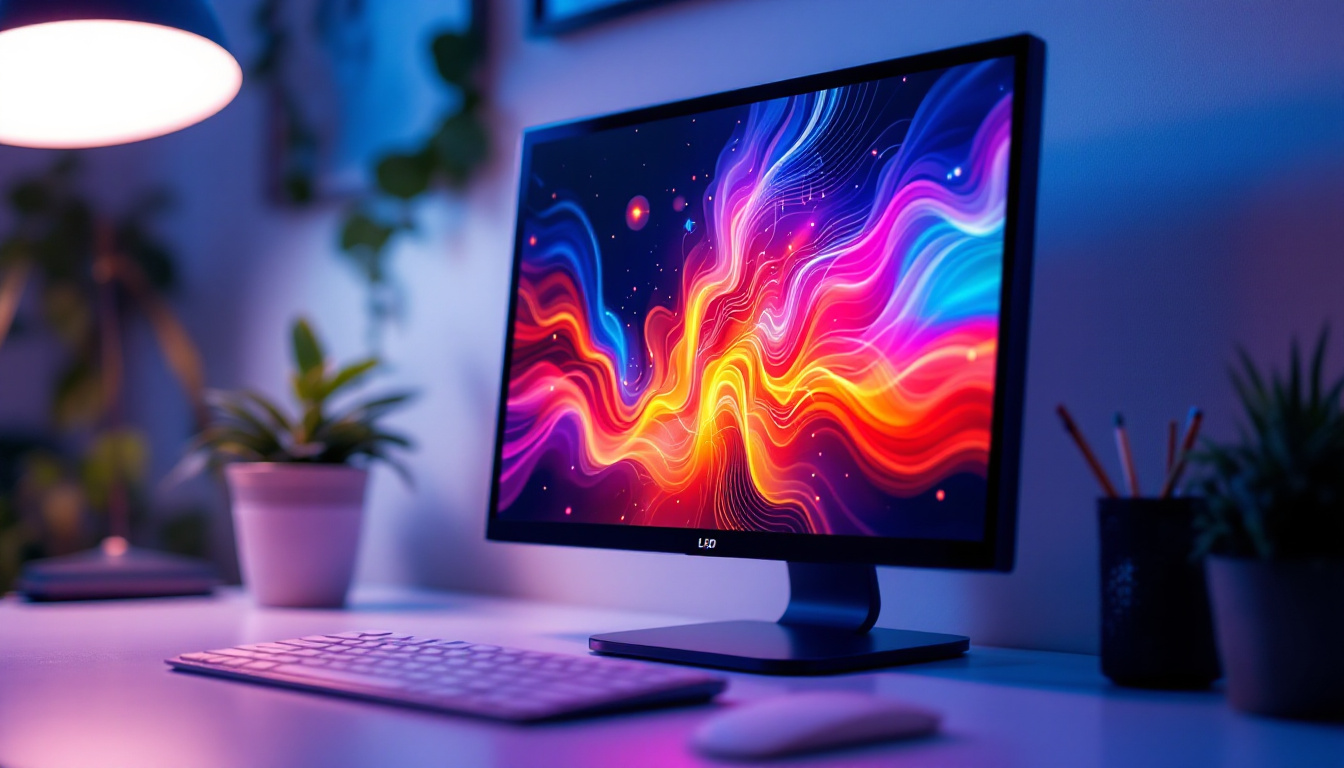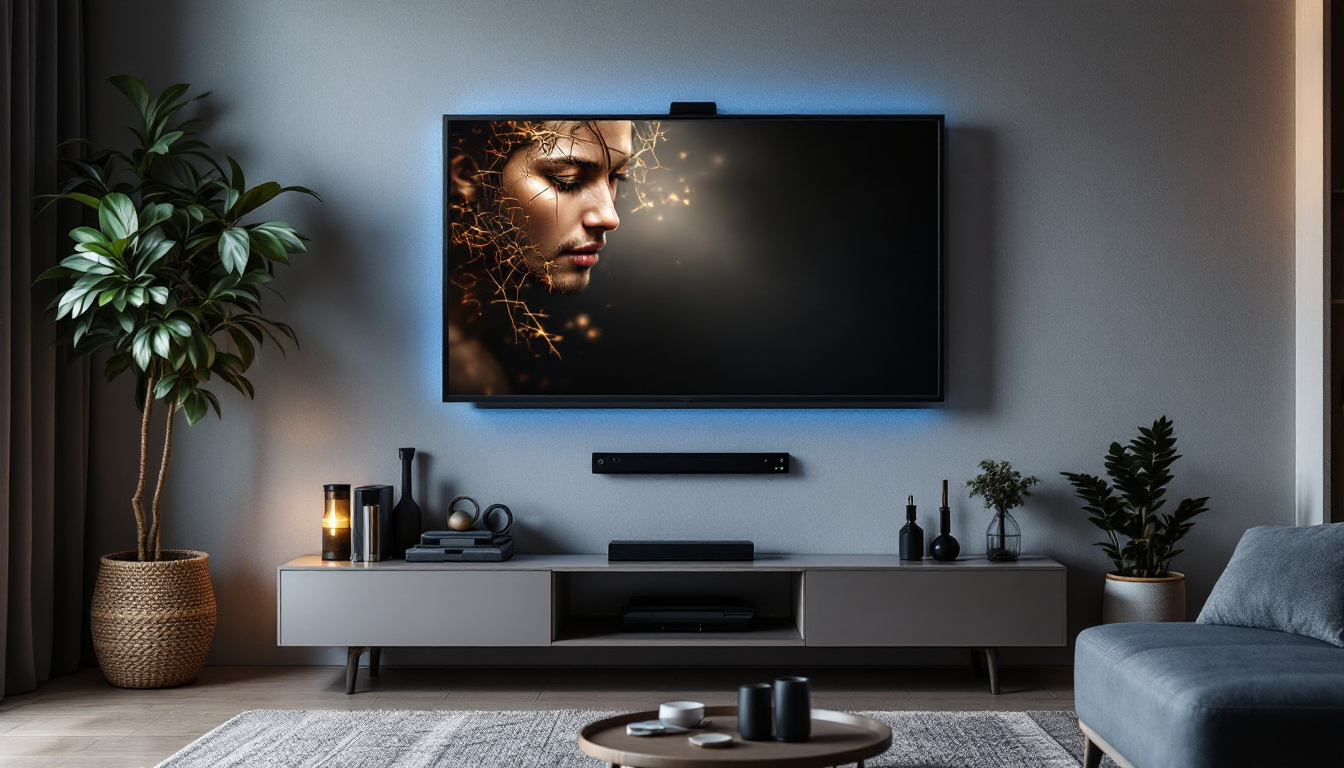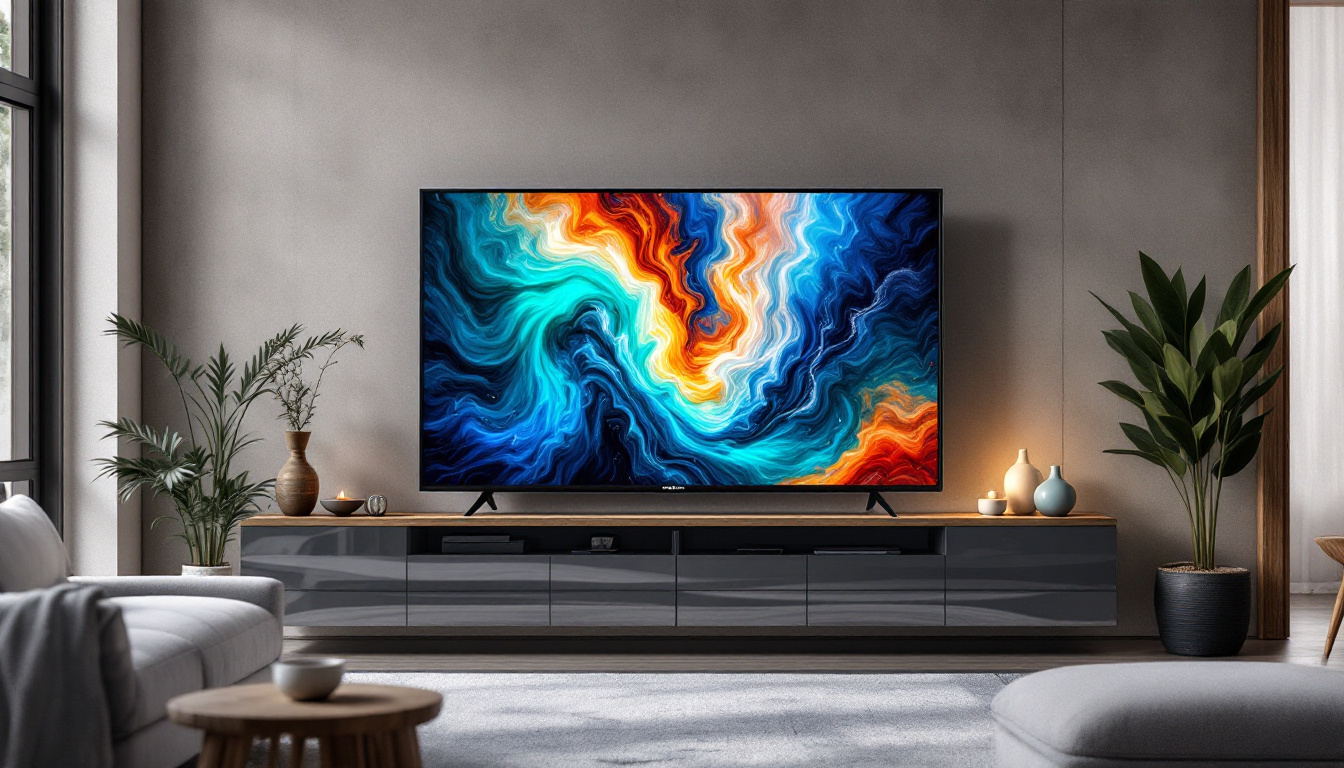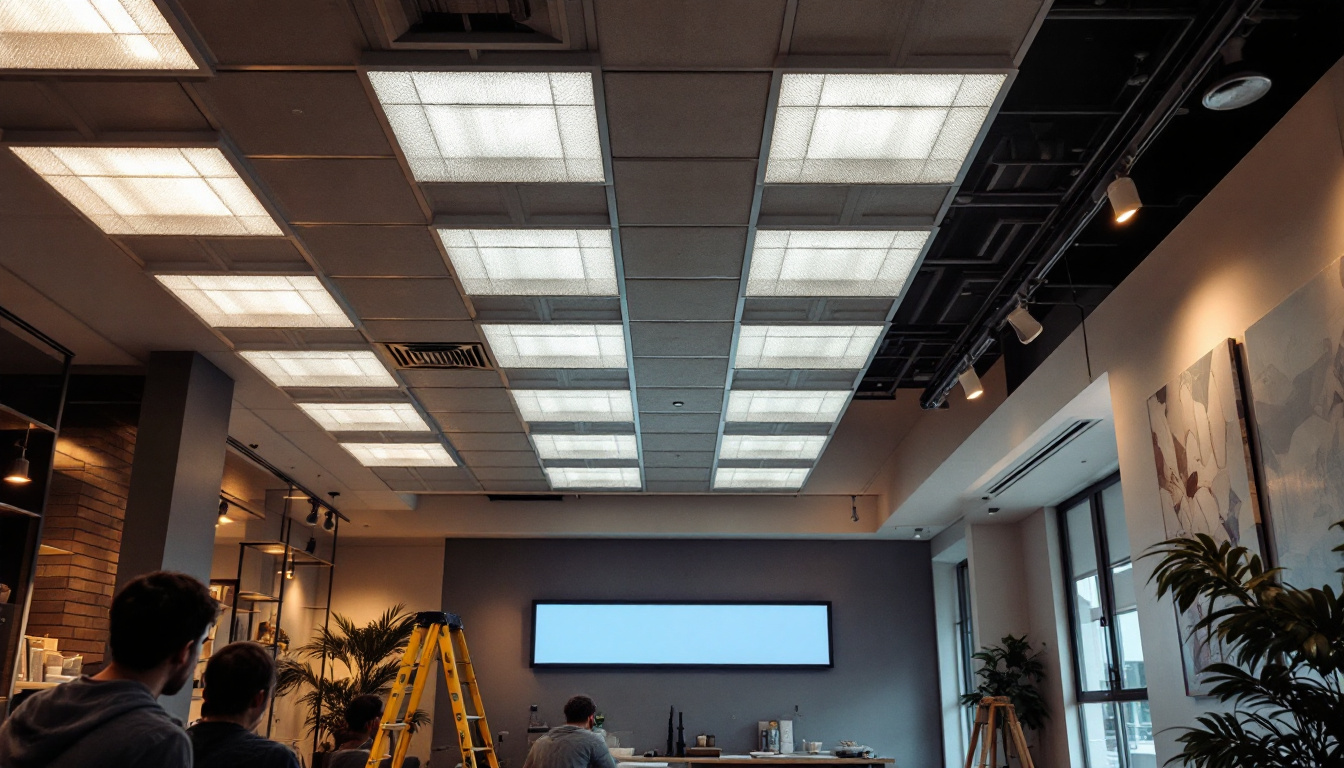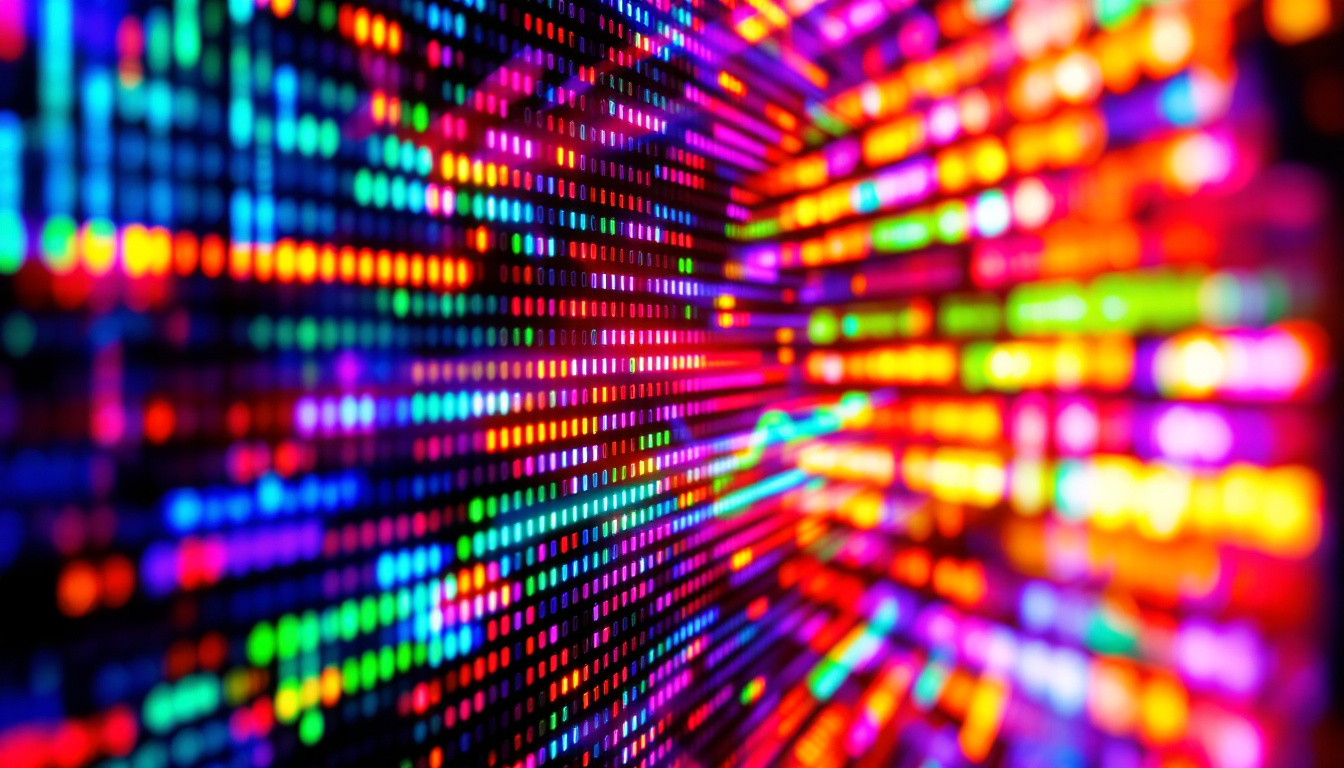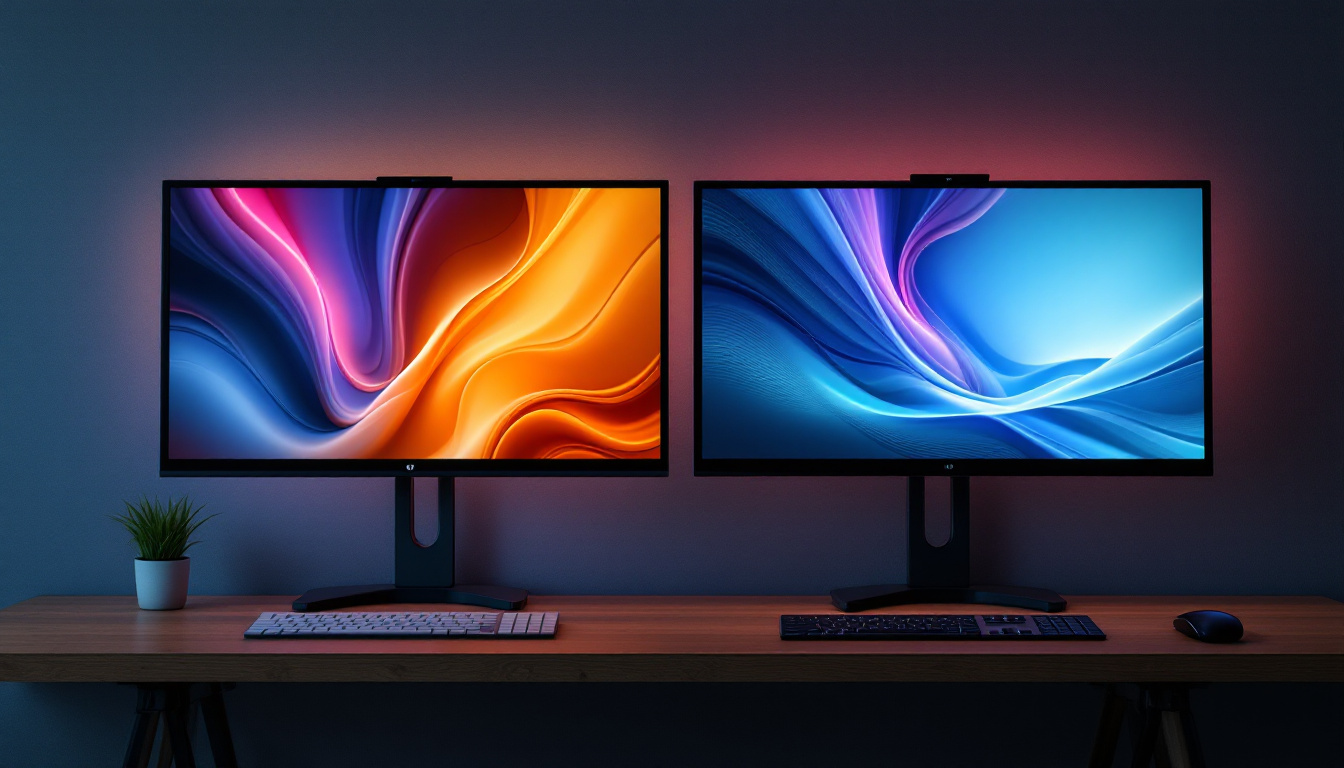In recent years, large touchscreen displays have revolutionized the way information is presented and interacted with across various sectors. From education to retail, these innovative devices have become essential tools for engagement and communication. This article delves into the intricacies of LED displays, exploring their technology, benefits, and applications.
Understanding LED Technology
LED, or Light Emitting Diode, technology has transformed the display industry by providing brighter, more energy-efficient screens. Unlike traditional LCDs, which rely on backlighting, LED displays utilize individual diodes to emit light, resulting in superior color accuracy and contrast.
How LED Displays Work
The fundamental principle behind LED displays lies in their construction. Each pixel on an LED screen consists of red, green, and blue diodes. By adjusting the intensity of these colors, the display can produce a wide spectrum of hues. This capability allows for vibrant images and videos that can captivate audiences.
Moreover, LED technology can be categorized into two main types: direct-view and edge-lit. Direct-view LED displays feature diodes arranged in a grid, providing uniform brightness across the screen. In contrast, edge-lit displays have diodes positioned along the edges, using light guides to illuminate the screen. Each type has its advantages, depending on the intended use. For instance, direct-view displays are often favored for their superior viewing angles and brightness consistency, making them ideal for large venues where visibility is crucial.
The Evolution of Display Technology
LED technology has evolved significantly since its inception. Early LED displays were limited in size and application, primarily used in small devices like calculators and digital clocks. However, advancements in technology have enabled the production of large-format displays suitable for various environments.
Today, LED displays are widely used in outdoor advertising, sports arenas, and conference centers. Their ability to withstand harsh weather conditions and deliver high-quality visuals makes them ideal for such applications. Furthermore, the introduction of OLED (Organic LED) technology has further enhanced display capabilities, offering even better contrast ratios and flexibility. OLED displays, which use organic compounds to emit light, can be made thinner and more lightweight than traditional LEDs, allowing for innovative designs such as curved screens and flexible displays. This has opened up new possibilities in consumer electronics, from smartphones to televisions, where aesthetics and functionality are increasingly intertwined.
In addition to their visual benefits, LED technology has also made strides in energy efficiency. Modern LED displays consume significantly less power compared to older technologies, contributing to lower operational costs and reduced environmental impact. This energy efficiency is particularly important in large installations where multiple screens are used, such as in stadiums or public transport systems. As sustainability becomes a priority for many organizations, the shift towards LED technology is not only a smart business decision but also a responsible choice for the planet.
Benefits of Large Touchscreen Displays
Large touchscreen displays combine the advantages of LED technology with interactive capabilities, creating a powerful tool for communication and engagement. Their benefits extend across different sectors, making them a popular choice for businesses and educational institutions alike.
Enhanced User Engagement
One of the most significant advantages of large touchscreen displays is their ability to engage users actively. Unlike traditional displays that passively present information, touchscreen technology allows users to interact directly with the content. This interactivity fosters a deeper connection and enhances learning and retention.
In educational settings, for instance, large touchscreen displays enable teachers to present lessons in a dynamic manner. Students can participate in activities, manipulate data, and collaborate on projects, making learning more engaging and effective. Similarly, in retail environments, touchscreen displays can provide customers with interactive product information, enhancing their shopping experience. Beyond simple product browsing, these displays can also facilitate virtual try-ons or augmented reality experiences, allowing customers to visualize products in a more immersive way. This level of engagement not only boosts customer satisfaction but can also lead to higher conversion rates.
Versatility and Flexibility
Large touchscreen displays are incredibly versatile, adapting to various applications and environments. They can be used for presentations, digital signage, interactive kiosks, and more. This flexibility allows businesses to tailor their displays to meet specific needs, whether it’s for advertising, information dissemination, or customer interaction.
Additionally, many large touchscreen displays come equipped with software that supports various applications, making it easy to switch between different functionalities. This adaptability is particularly beneficial in environments where multiple uses are required, such as conference rooms or public spaces. For example, during corporate meetings, a touchscreen display can serve as a presentation tool, while in the lobby, it can function as an interactive directory or wayfinding solution. This multifunctionality not only maximizes the utility of the display but also optimizes space and resources within the organization.
Cost-Effectiveness and Energy Efficiency
While the initial investment in large touchscreen displays may seem significant, their long-term cost-effectiveness is undeniable. LED technology is inherently energy-efficient, consuming less power than traditional display technologies. This efficiency translates into lower electricity bills, making them a sustainable choice for businesses.
Furthermore, the durability of LED displays reduces maintenance costs. With a longer lifespan compared to other display types, businesses can expect fewer replacements and repairs, adding to the overall savings. As technology continues to advance, the cost of large touchscreen displays is expected to decrease, making them accessible to a broader audience. Moreover, many manufacturers are now offering extended warranties and support services, further enhancing the value proposition for organizations considering these displays. This combination of longevity and support ensures that businesses can rely on their investment for years to come, ultimately leading to a more efficient allocation of resources and improved operational effectiveness.
Applications of Large Touchscreen Displays
The versatility of large touchscreen displays allows for a wide range of applications across various industries. Their interactive nature and high-quality visuals make them suitable for many settings, enhancing communication and engagement.
Education
In educational institutions, large touchscreen displays have become invaluable tools for teaching and learning. They facilitate interactive lessons, allowing teachers to present information in engaging ways. Students can participate in real-time, enhancing their understanding of complex concepts.
Moreover, these displays can serve as collaborative platforms, enabling group work and discussions. Students can share their ideas, work on projects together, and receive instant feedback, fostering a more interactive learning environment.
Retail
In the retail sector, large touchscreen displays have transformed the shopping experience. They can be used for interactive product catalogs, allowing customers to browse items, check prices, and read reviews without needing assistance from staff. This self-service model not only enhances customer satisfaction but also streamlines operations for retailers.
Additionally, touchscreen displays can be employed for promotional purposes, showcasing advertisements and special offers. By capturing customers’ attention with dynamic content, retailers can drive sales and improve brand visibility.
Corporate and Conference Settings
Large touchscreen displays have found a significant place in corporate environments, particularly in conference rooms and meeting spaces. They facilitate presentations, allowing presenters to share information seamlessly. Participants can interact with the content, making meetings more engaging and productive.
Furthermore, these displays can be used for collaborative brainstorming sessions, enabling teams to share ideas visually. The ability to annotate and modify content in real-time enhances communication and fosters creativity among team members.
Challenges and Considerations
Despite their numerous benefits, large touchscreen displays also come with challenges that organizations must consider before implementation. Understanding these challenges can help businesses make informed decisions regarding their use.
Initial Investment and Budget Constraints
The initial cost of acquiring large touchscreen displays can be a significant barrier for some organizations. While prices have decreased over the years, the investment required for high-quality displays and accompanying software can still be substantial. Organizations must weigh the potential return on investment against their budget constraints.
To mitigate this challenge, businesses should consider their specific needs and the potential impact of the displays on their operations. Conducting a cost-benefit analysis can help determine whether the investment is justified.
Technical Limitations and Maintenance
Large touchscreen displays, while advanced, are not without their technical limitations. Issues such as screen sensitivity, calibration, and software compatibility can arise, potentially affecting user experience. Regular maintenance is also essential to ensure optimal performance and longevity.
Organizations should establish a maintenance plan that includes regular software updates and hardware checks. Additionally, training staff on the proper use and troubleshooting of the displays can help minimize technical issues and enhance user satisfaction.
The Future of Large Touchscreen Displays
The future of large touchscreen displays looks promising, with advancements in technology poised to enhance their capabilities even further. Emerging trends indicate a shift towards more interactive and immersive experiences, driven by innovations in augmented reality (AR) and virtual reality (VR).
Integration with Smart Technologies
As smart technology continues to evolve, large touchscreen displays are likely to integrate seamlessly with other devices and systems. This integration will enable users to control various aspects of their environment, from lighting to temperature, directly from the display.
Such advancements will enhance the functionality of large touchscreen displays, making them central hubs for managing smart environments. This capability will be particularly beneficial in corporate settings, where efficiency and productivity are paramount.
Enhanced Interactivity and User Experience
Future developments in touchscreen technology may also lead to enhanced interactivity. Innovations such as gesture recognition and voice control could allow users to interact with displays in new and intuitive ways. This evolution will make large touchscreen displays even more user-friendly and accessible.
Moreover, advancements in display resolution and color accuracy will continue to improve the visual experience, making content more engaging and lifelike. As technology progresses, the potential applications for large touchscreen displays will expand, opening new avenues for creativity and communication.
Conclusion
Large touchscreen displays have become integral to modern communication and engagement across various sectors. Their combination of LED technology and interactive capabilities offers numerous benefits, from enhanced user engagement to versatility in application. While challenges exist, the future of large touchscreen displays is bright, with advancements poised to further enrich user experiences.
As organizations continue to explore the potential of these displays, understanding their technology and applications will be crucial. By leveraging the power of large touchscreen displays, businesses can create dynamic environments that foster collaboration, learning, and innovation.
Discover LumenMatrix’s Innovative LED Solutions
Ready to elevate your space with the latest in LED display technology? Look no further than LumenMatrix, a pioneer in crafting immersive visual experiences that captivate and engage. From vibrant Indoor and Outdoor LED Wall Displays to dynamic Vehicle and Sports LED Displays, our extensive range caters to every need. Experience the future of visual communication with our innovative Floor, Custom, All-in-One, and Transparent LED Displays. Embrace the power of LumenMatrix and transform your business’s message into a visual spectacle. Check out LumenMatrix LED Display Solutions today and see your vision come to life.

